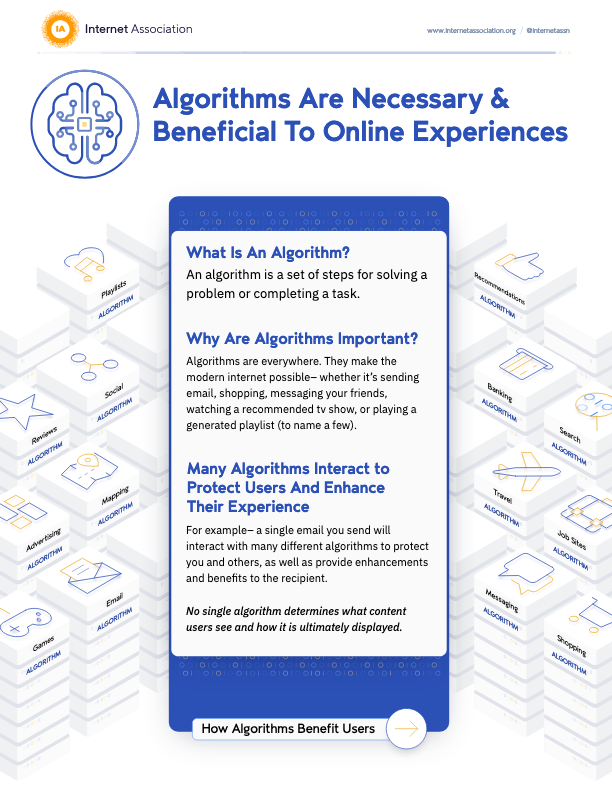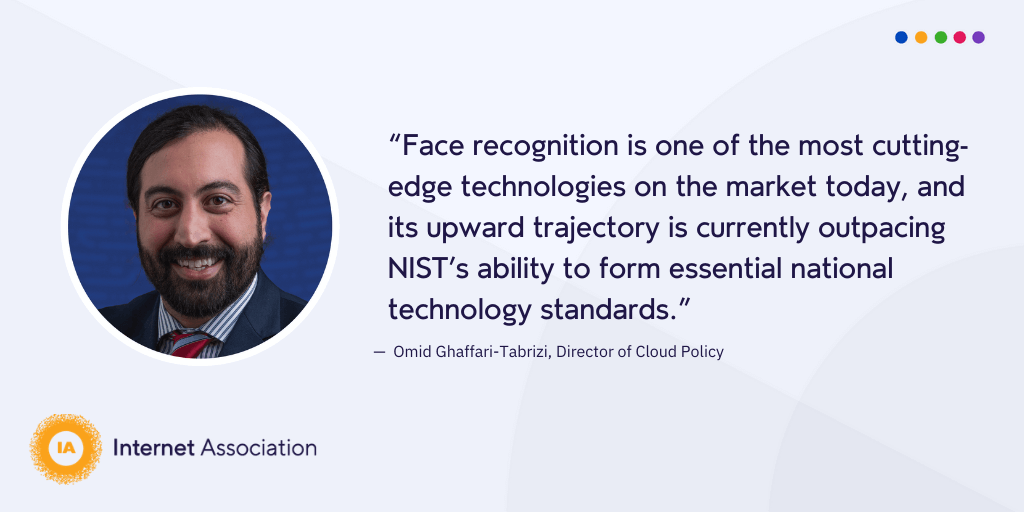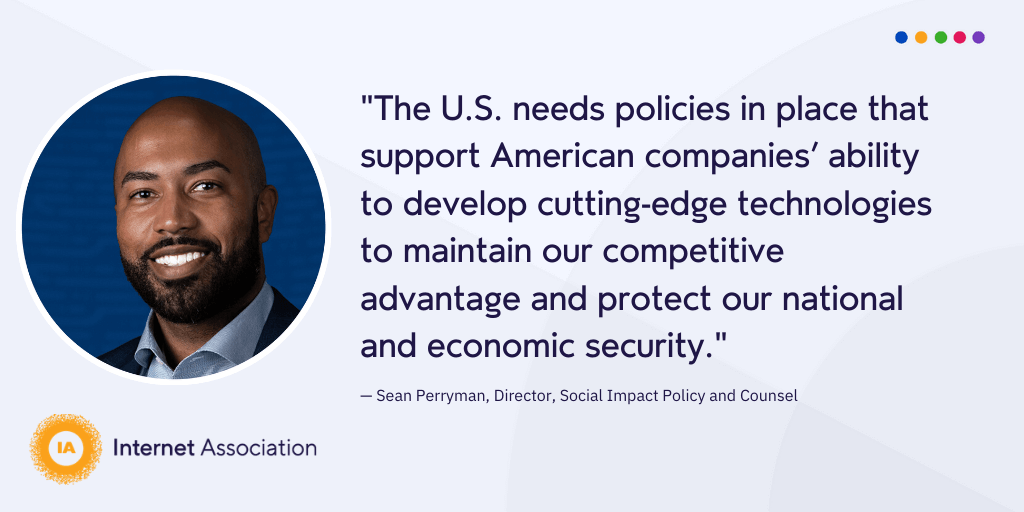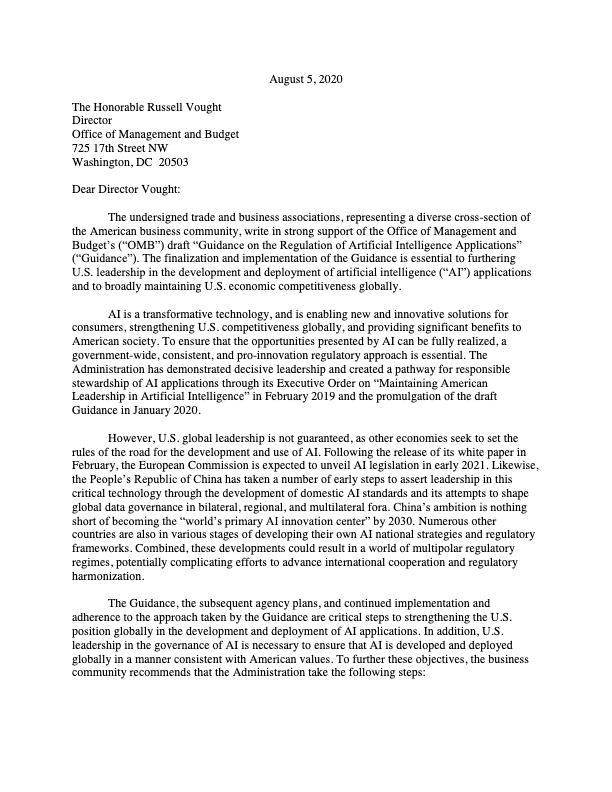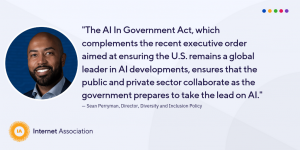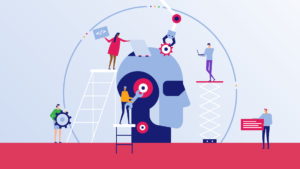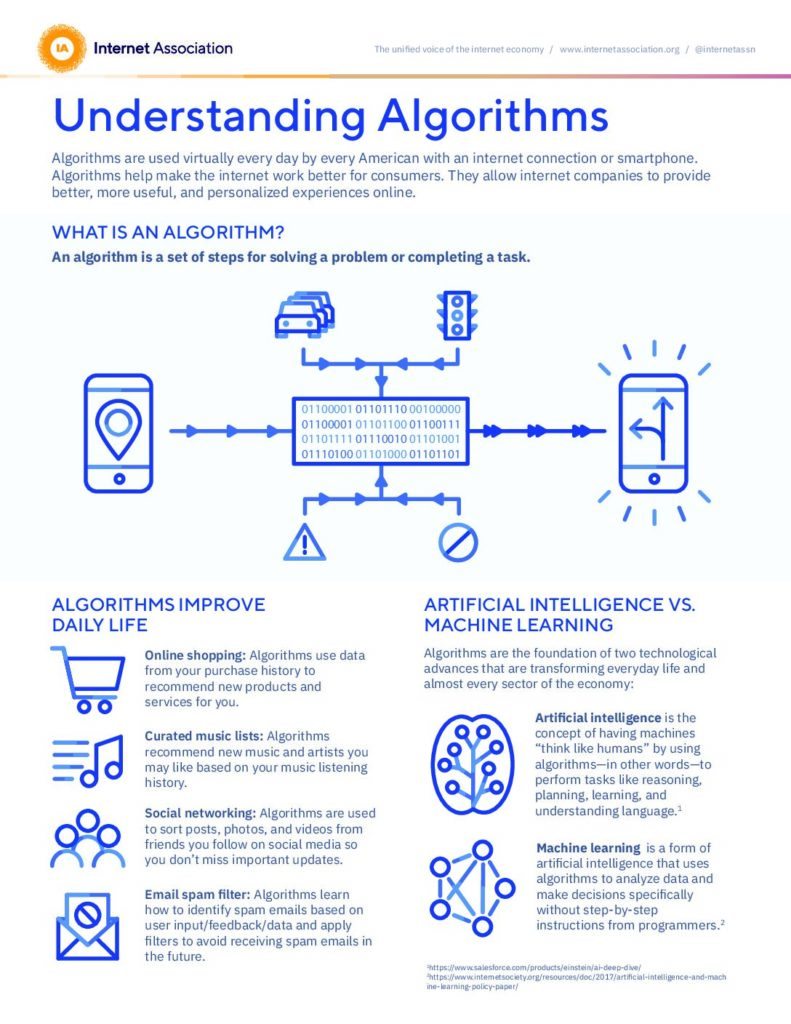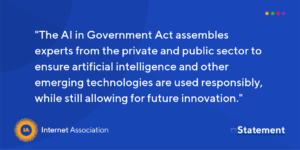Algorithms are used virtually every day by every American with an internet connection or smartphone. Algorithms help make the internet work better for consumers, by allowing internet companies to provide better, more useful, and personalized experiences online.
What Is An Algorithm?
An algorithm is a set of steps for solving a problem or completing a task.
Algorithms Improve Daily Life
Online shopping
Algorithms use data from your purchase history to recommend new products and services for you.
Curated music lists
Algorithms recommend new music and artists you may like based on your music listening history.
Social networking
Algorithms are used to sort posts, photos, and videos from friends you follow on social media so you don’t miss important updates.
Email spam filter
Algorithms learn how to identify spam emails based on user input/feedback/data and apply filters to avoid receiving spam emails in the future
Artificial Intelligence vs. Machine Learning
Algorithms are the foundation of two technological advances that are transforming everyday life and almost every sector of the economy:
Artificial intelligence
is the concept of having machines “think like humans” by using algorithms—in other words—to perform tasks like reasoning, planning, learning, and understanding language.
Machine Learning
is a form of artificial intelligence that uses algorithms to analyze data and make decisions specifically without step-by-step instructions from programmers.
Improving User Experiences Through Artificial Intelligence
Internet companies use artificial intelligence to:
- Personalize travel itineraries based on the activities of users with similar tastes.
- Recommend improvements to candidate and dating profiles based on the characteristics of preferred profiles.
- Offer more responsive customer service using personal digital assistants.
- Protect people by automatically flagging fraudulent payments and abusive language.
- Help people manage their schedules by predicting food delivery and rideshare arrival times based on past experience and traffic patterns.
- Provide visually impaired people with audio captions that describe images and videos using computer “vision.”
- Perform translation and understand speech using natural language processing.
Deploying AI Ethically
To avoid creating or reinforcing unfair bias, internet companies:
- Ensure an appropriate level of oversight by having humans review and work with AI and employing ethicists to monitor AI for signs of bias.
- Promote diversity internally by recruiting, developing, and retaining diverse talent and placing AI research centers in underrepresented parts of the world.
- Catch bias early in project planning by having diverse talent manage AI projects.
- Train algorithms with unbiased data by drawing from sufficiently diverse sources and teaching employees to remove bias from data.
- Review algorithm output for bias by auditing that output and making it explainable.
- Develop best practices for inclusive AI by establishing industry working groups such as the Partnership on AI.

